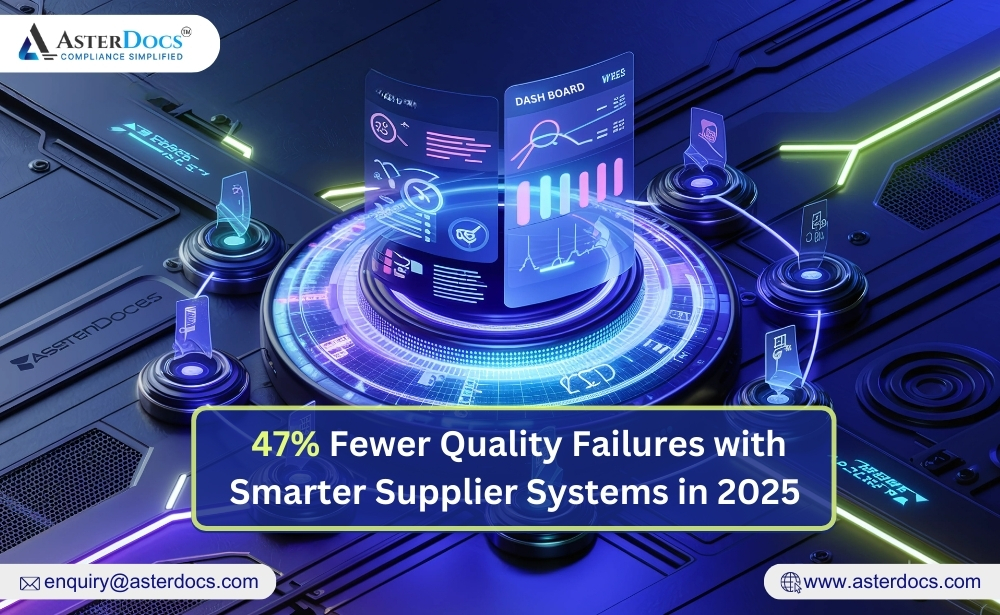In today’s globalized world, the concept of “supply chain” underpins countless aspects of our daily lives. From the moment you wake up and pour a cup of coffee to the clothes you wear and the technology you use, a complex network of people, businesses, and resources has ensured those products reach you. This intricate dance, known as the supply chain, is the backbone of modern commerce.
A supply chain can be visualized as a series of interconnected stages that transform raw materials into finished products delivered to end consumers.
Here’s a breakdown of the key players and processes involved:
-
Suppliers: These are the businesses or individuals who provide the raw materials, components, or services needed to produce a good or service.
-
Manufacturers: They transform raw materials into finished products through various processes like assembly, packaging, and quality control.
-
Distributors: These companies act as intermediaries, warehousing and transporting finished goods from manufacturers to retailers or wholesalers.
-
Retailers: These are the businesses that sell finished products directly to consumers, either through physical stores or online platforms.
-
Wholesalers: They buy products in bulk from manufacturers and distributors and then sell them to retailers in smaller quantities.
The stages involved in a supply chain can be broadly categorized as:
-
Sourcing: Identifying and procuring raw materials or components from suppliers.
-
Production: Transforming raw materials into finished products.
-
Distribution: Warehousing, transporting, and delivering finished goods to retailers or customers.
-
Sales: Selling finished products to end consumers through various channels.
-
Returns & After-Sales Service: Managing product returns and providing customer support after purchase.
In today’s competitive landscape, efficient supply chain management is no longer a luxury; it’s a necessity. Businesses that can optimize their supply chains by reducing lead times, minimizing waste, and ensuring on-time delivery can achieve significant advantages.
Here’s why supply chain efficiency is crucial:
-
Cost Reduction: Streamlined operations lead to lower transportation, inventory holding, and production costs.
-
Improved Customer Satisfaction: Faster delivery times and readily available products enhance customer satisfaction and loyalty.
-
Enhanced Agility: Efficient supply chains allow businesses to adapt to market fluctuations and respond more quickly to customer demands.
-
Increased Visibility & Transparency: Real-time tracking of goods throughout the supply chain allows for better planning and risk mitigation.
While the concept of a supply chain is relatively straightforward, managing its complexities can be challenging.
Asterdocs, a comprehensive document management system, empowers businesses to streamline their supply chain operations in several ways:
-
Centralized Document Storage: Securely store and manage all supply chain-related documents, such as contracts, purchase orders, invoices, and shipping records, in a single, centralized location. This eliminates wasted time searching for scattered documents and improves collaboration across teams.
-
Version Control & Audit Trails: Maintain a clear audit trail of all changes made to supply chain documents. This ensures everyone has access to the latest versions and simplifies traceability during audits or investigations.
-
Automated Workflows: Automate repetitive tasks like purchase order approvals or shipment notifications, freeing up valuable time for employees to focus on strategic initiatives.
-
Improved Communication & Collaboration: Facilitate seamless communication and collaboration between internal teams and external partners across the supply chain. Asterdocs provides a secure platform for document sharing, discussions, and project management.
Conclusion: Building a Sustainable & Resilient Supply Chain
By embracing a data-driven and transparent approach to supply chain management, businesses can gain a significant competitive edge. Asterdocs, with its robust document management, automation, and collaboration features, empowers businesses to:
-
Gain real-time visibility into their supply chain operations.
-
Make informed decisions based on accurate and up-to-date data.
-
Collaborate effectively with internal and external partners.
-
Build a more efficient, resilient, and sustainable supply chain.
In today’s interconnected world, a well-managed supply chain is not just about delivering products; it’s about creating a competitive advantage and building a foundation for long-term success.

















